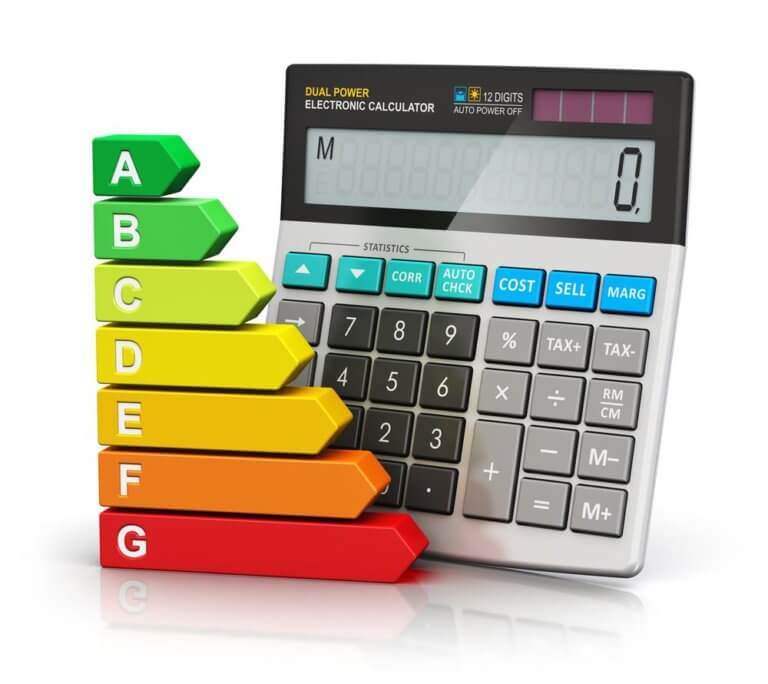
From April 2024, the existing R&D Expenditure Credit (RDEC) and SME schemes will be merged into one R&D tax relief incentive
From April 2024, changes to R&D tax relief announced in the 2023 Budget mean that the existing R&D Expenditure Credit (RDEC) and the SME R&D schemes will be merged into a new simplified R&D tax relief incentive.
After a short four-month implementation period following confirmation in last year’s Autumn Statement that the merged scheme would go ahead, some accountants may be feeling unprepared as April approaches.
The R&D tax relief changes reflect the government’s effort to streamline the incentive, encouraging more R&D activity whilst addressing the rise in fraudulent claims from the current system. This was highlighted again in the NAO’s report on tax measures to encourage economic growth published in January 2024 and underlined by recent confirmation that HMRC is now checking 20% of R&D tax relief claims.
The first accounting periods to fall under the new scheme will be those ending on 31 March 2025, so accountants need to understand what this will mean for their clients now to ensure they can advise businesses effectively on how to prepare.
New rates and continued support for loss-making SMEs
Firstly, the merged scheme will operate at a headline rate of 20%, aligning with the rate of relief under the current RDEC scheme (and representing a further decrease from the rates applicable to SMEs prior to April 2023).
There will also be continued support for loss-making R&D intensive SMEs under a separate scheme, with the intensity threshold for eligibility being lowered from 40% to 30% (representing R&D expenditure as a proportion of total business expenditure).
Changes to contracted R&D
The new legislation will also impact claims where R&D is contracted between parties. Under the previous RDEC scheme, contractors were able to claim for R&D carried out on behalf of customers. For accounting periods beginning on or after 1 April, the company making the decision to carry out the R&D will be eligible for the relief, with the aim of targeting the R&D decision-maker more effectively. This has implications for businesses operating as part of supply chains, wherever they sit in the hierarchy.
Restrictions on overseas R&D
After being delayed for 12 months, restrictions on overseas R&D will also come into force for accounting periods beginning on or after 1 April 2024. Recently published draft guidance sets out limited exceptions which accountants working with international clients will need to understand.
Kelly Oakley, Associate Director at ForrestBrown, comments:
“These changes are the culmination of the biggest ever reforms of R&D tax relief and have implications for innovative businesses of all sizes. It’s important for accountants to have strategies in place to manage the increased workload and risks that come with these changes.
“That’s why we’re holding a series of seven events across the UK for senior leaders in the accounting industry this Spring. Our expert speakers will be exploring technical queries arising from the newly merged scheme, R&D tax relief risk factors for firms, and alternative funding mechanisms to consider for clients in 2024.”






















